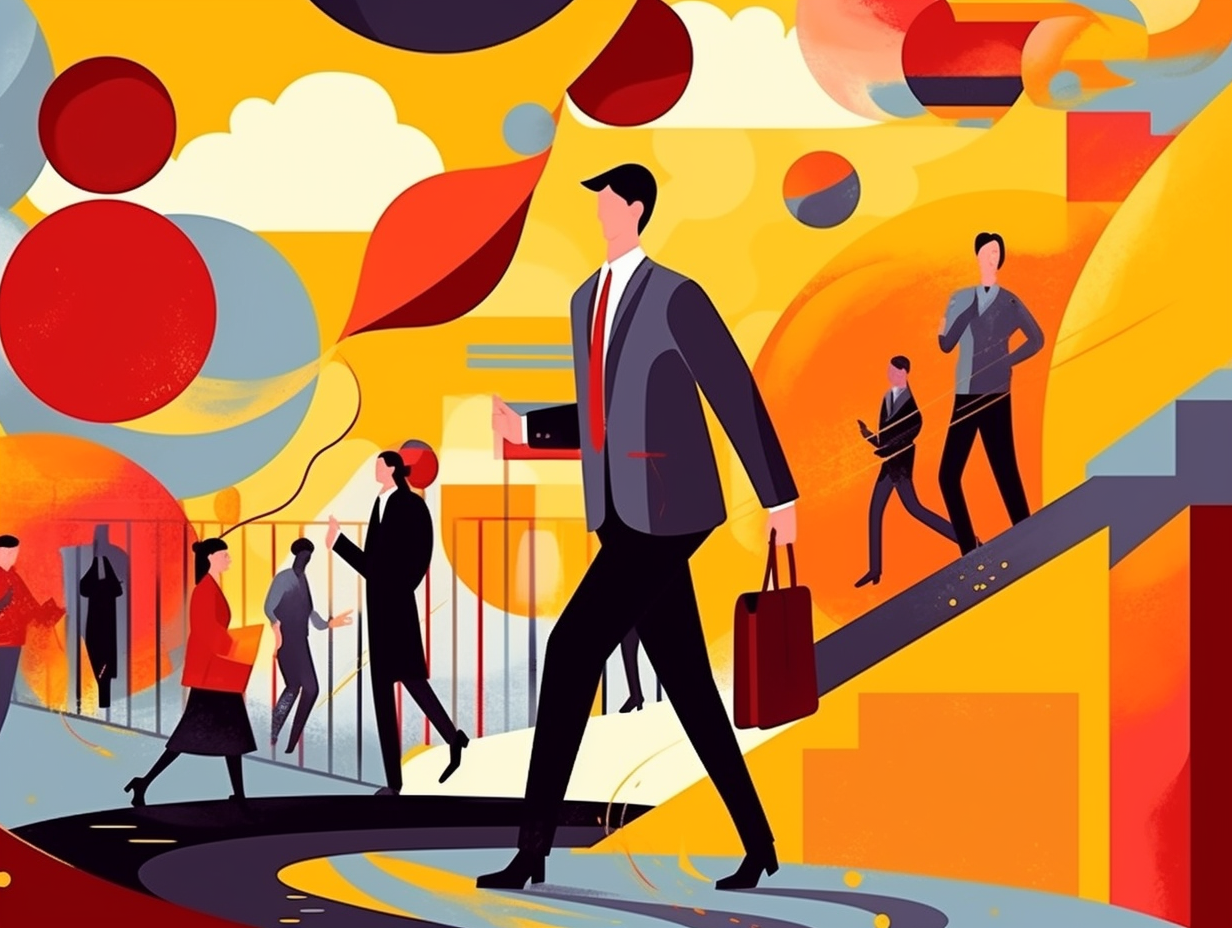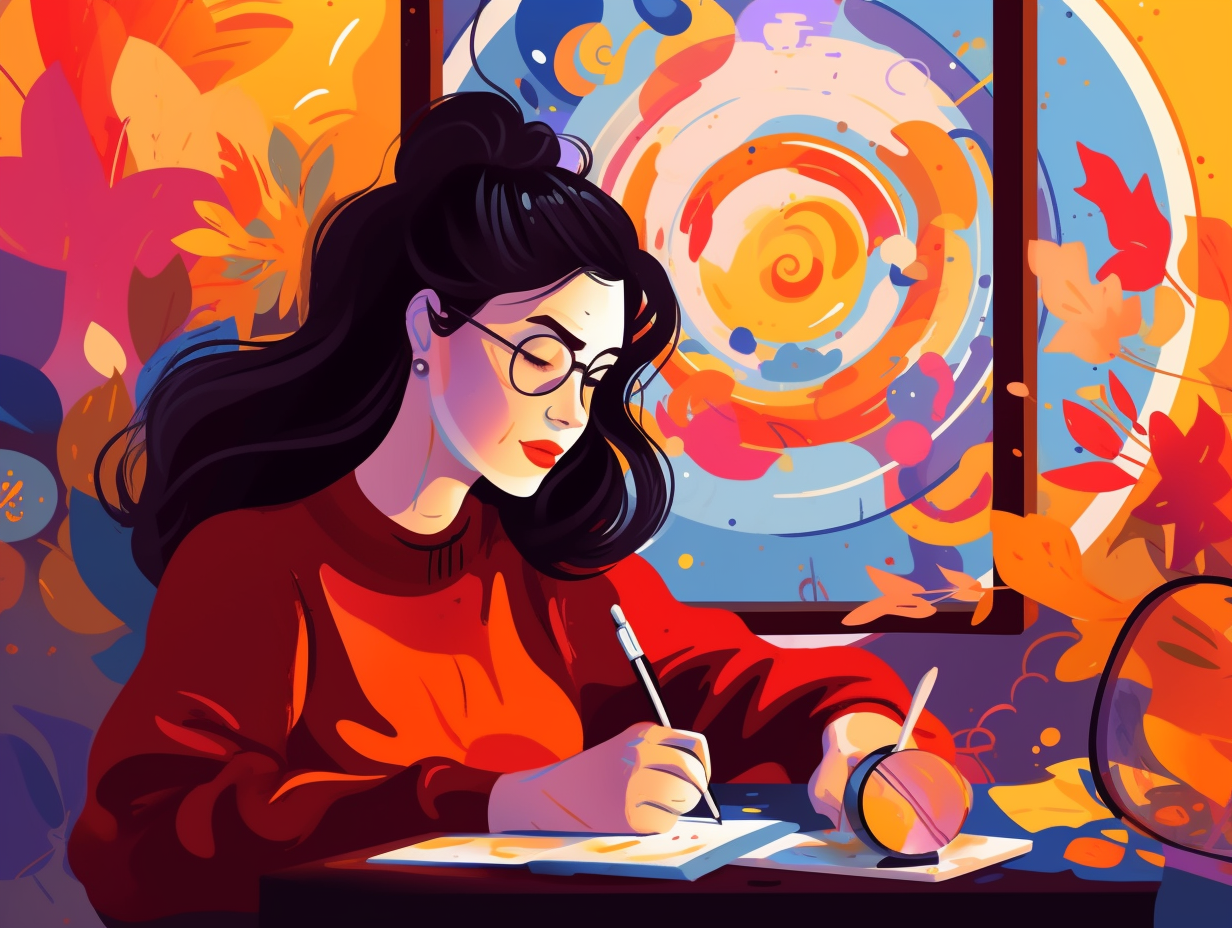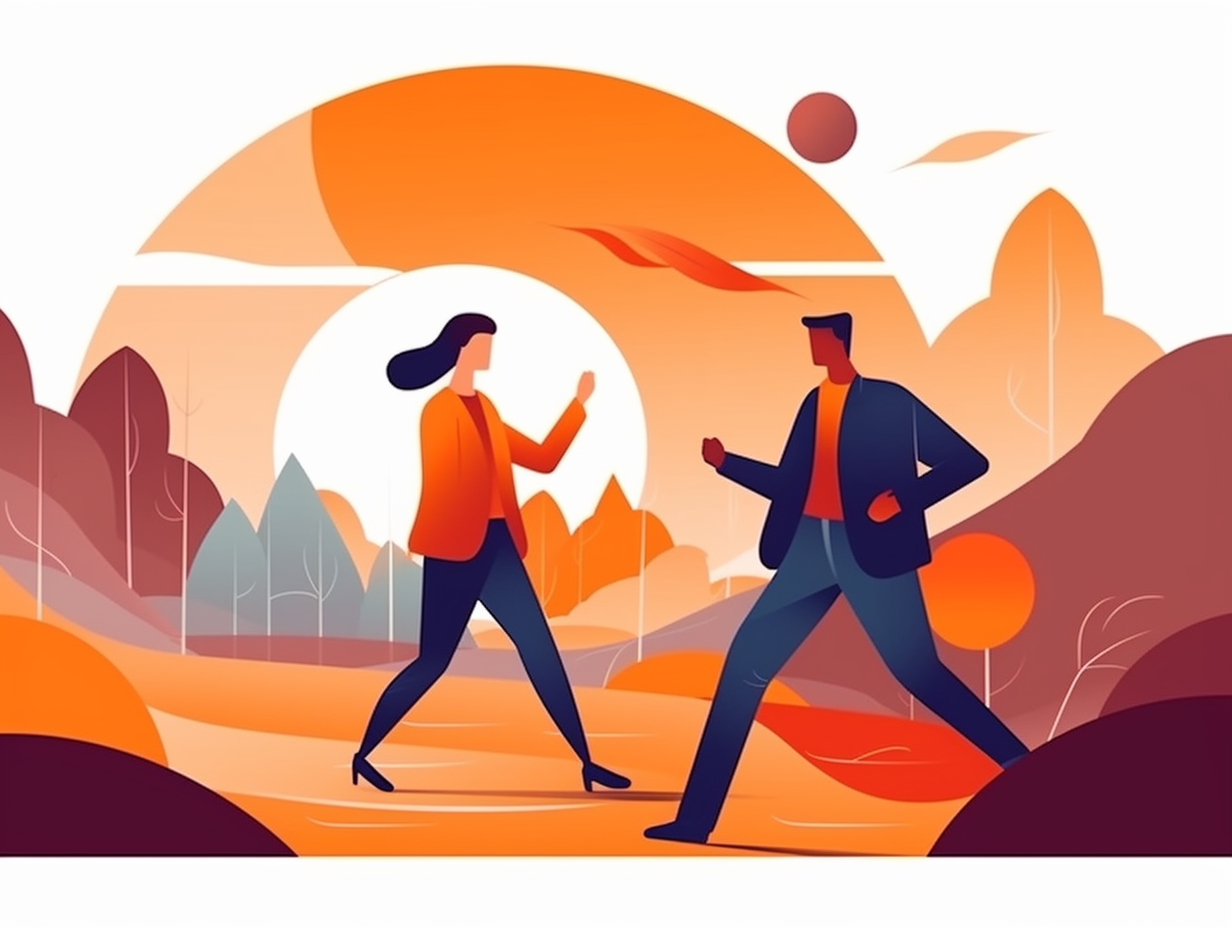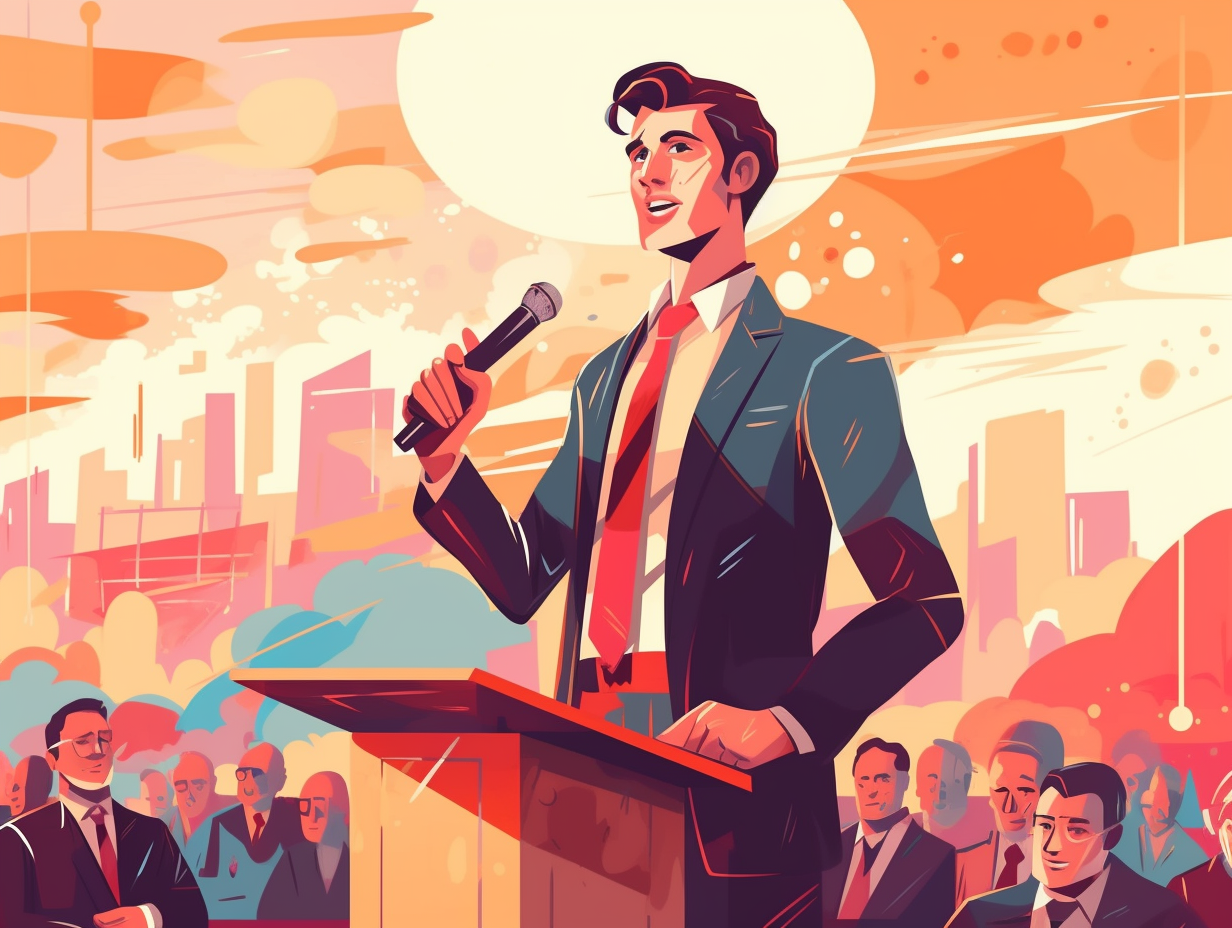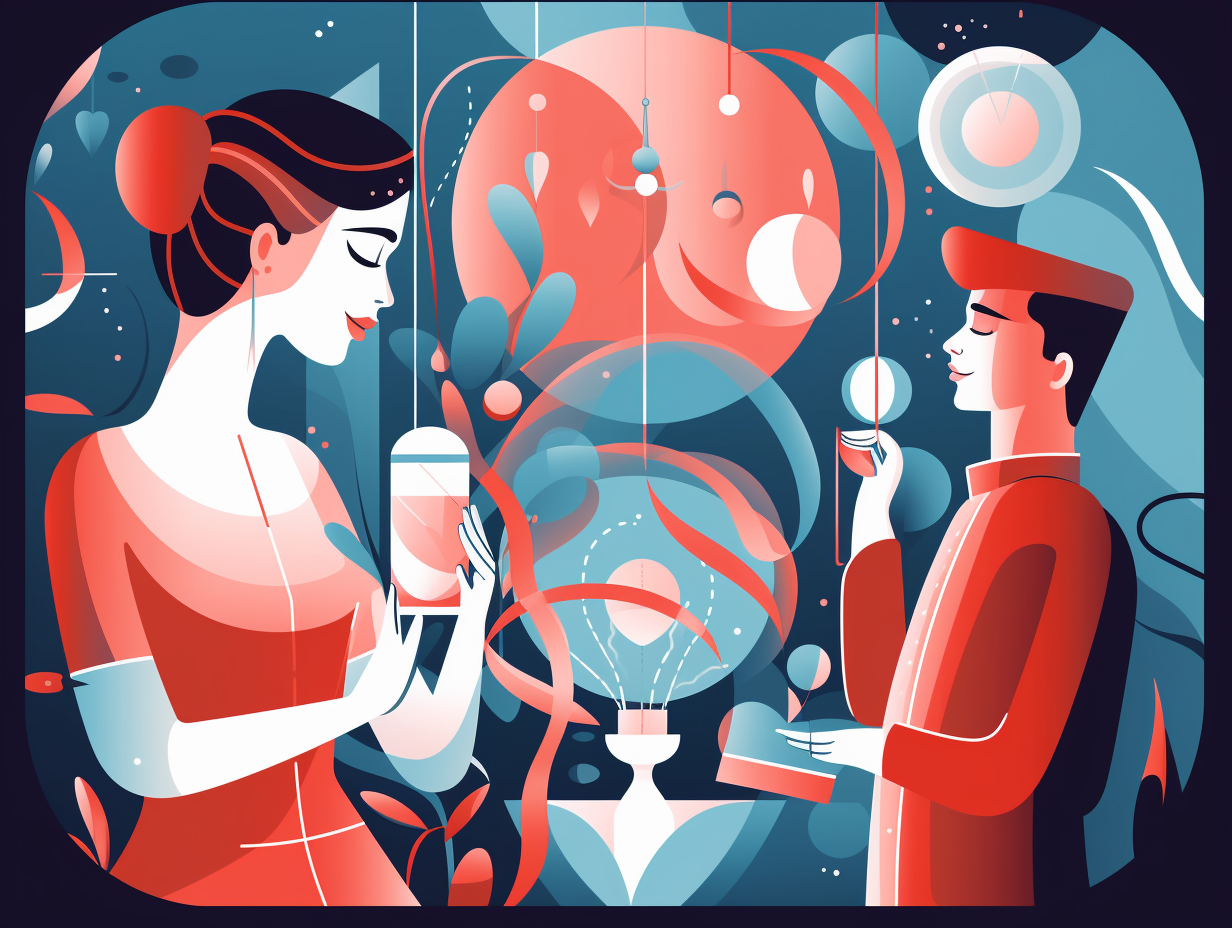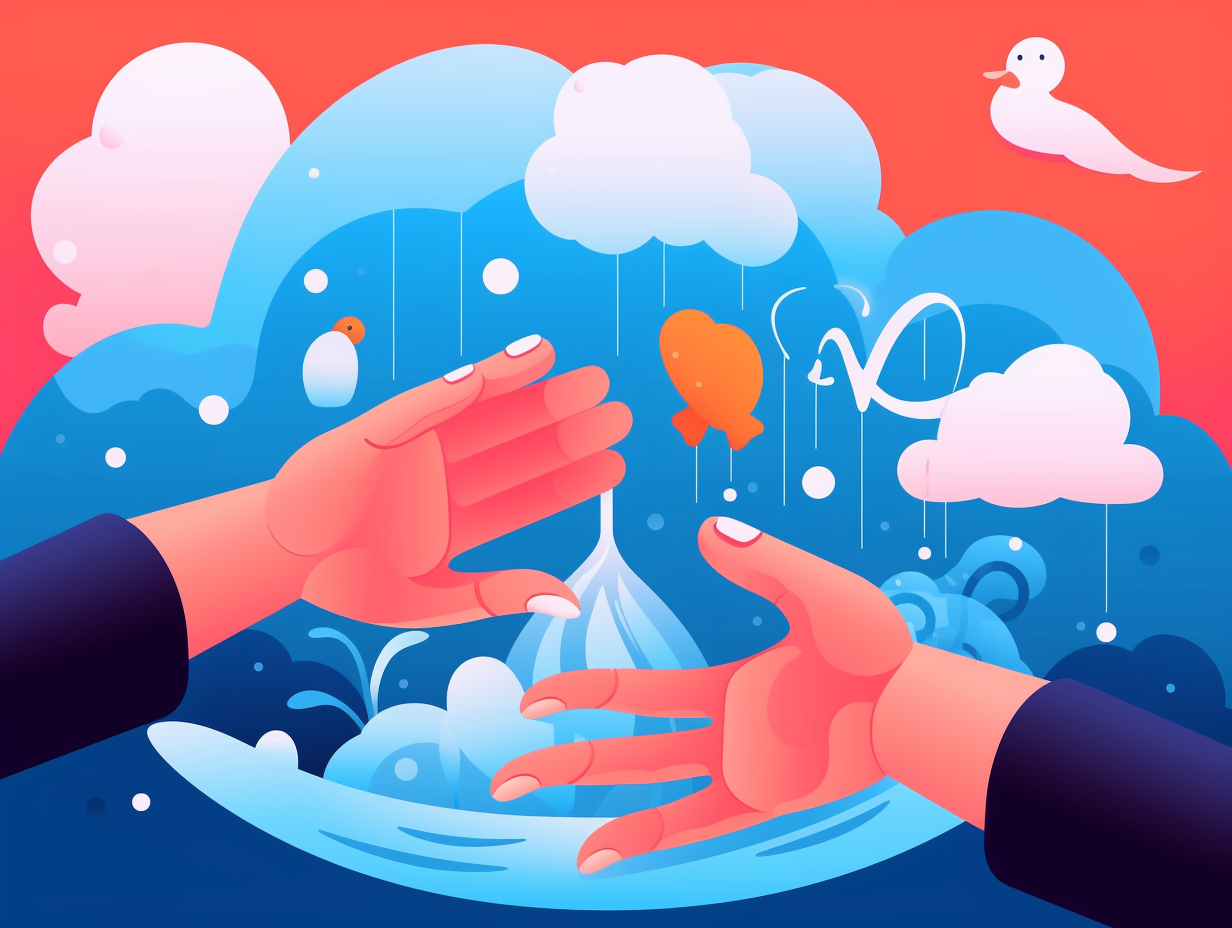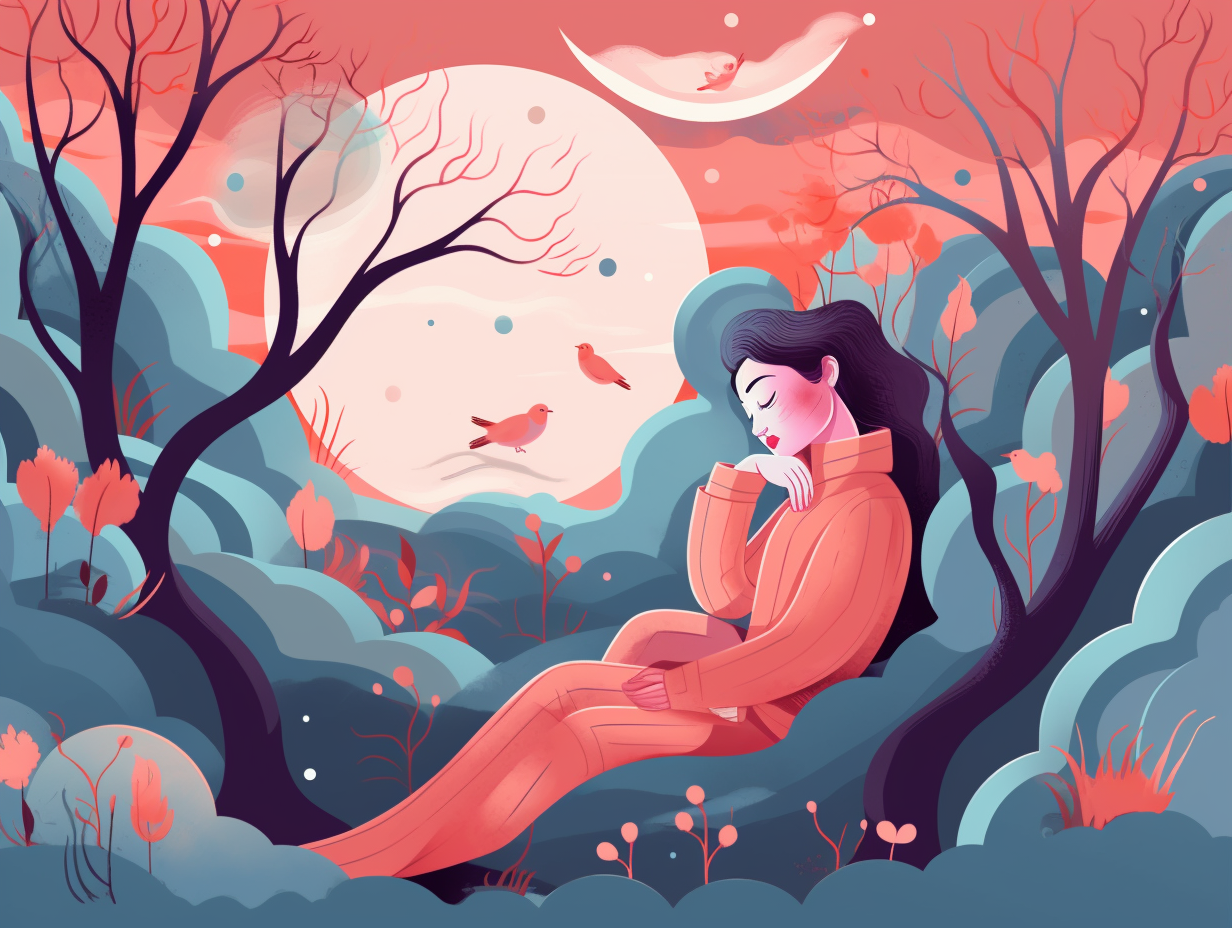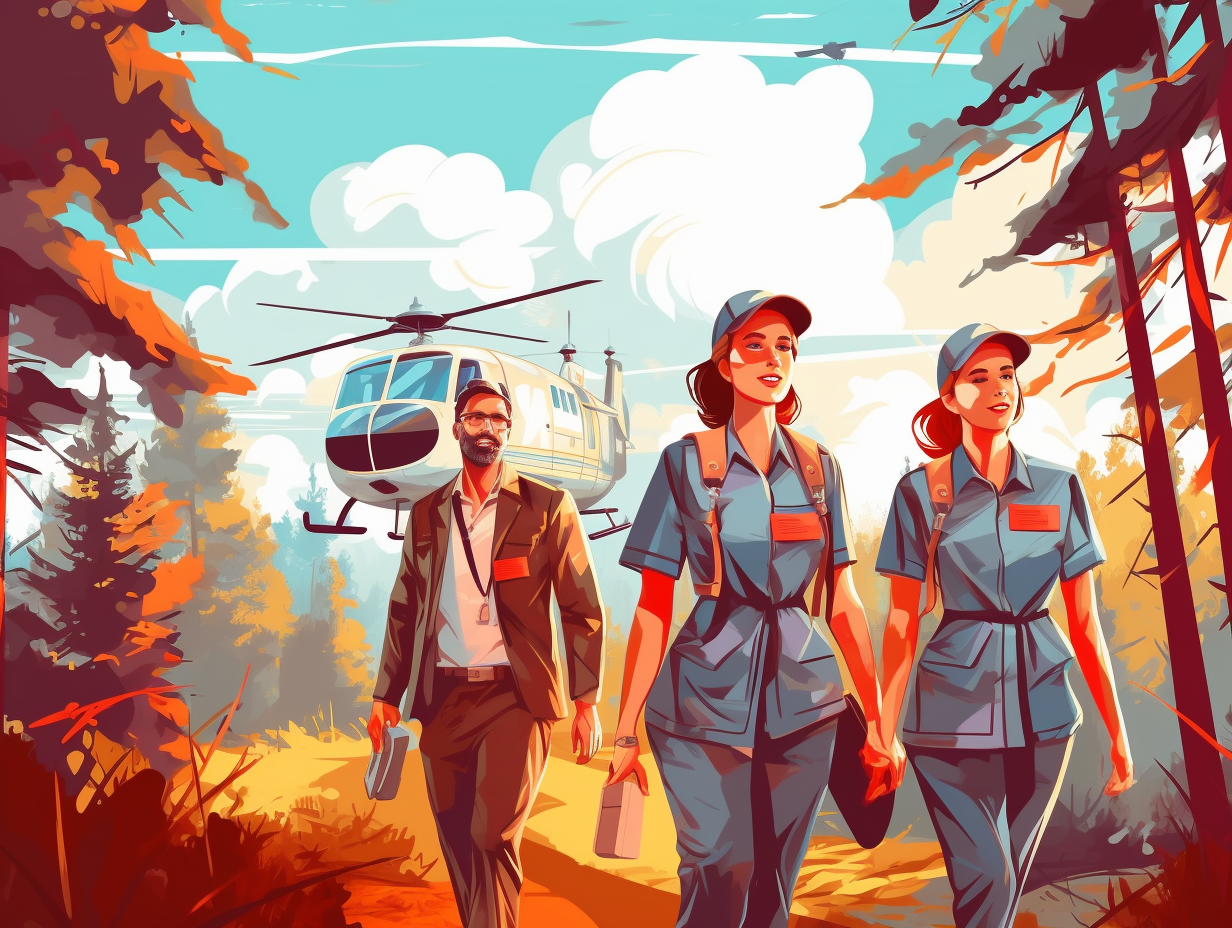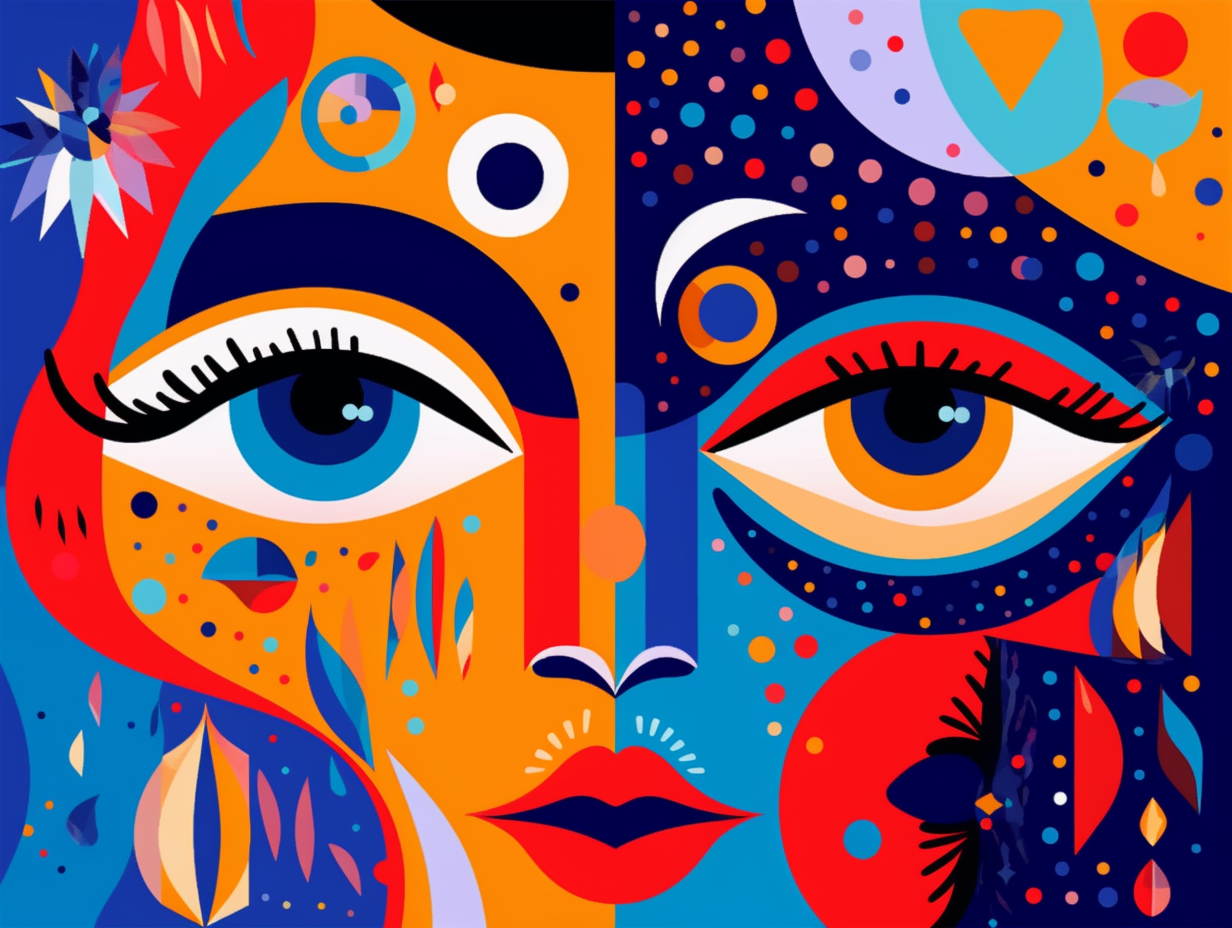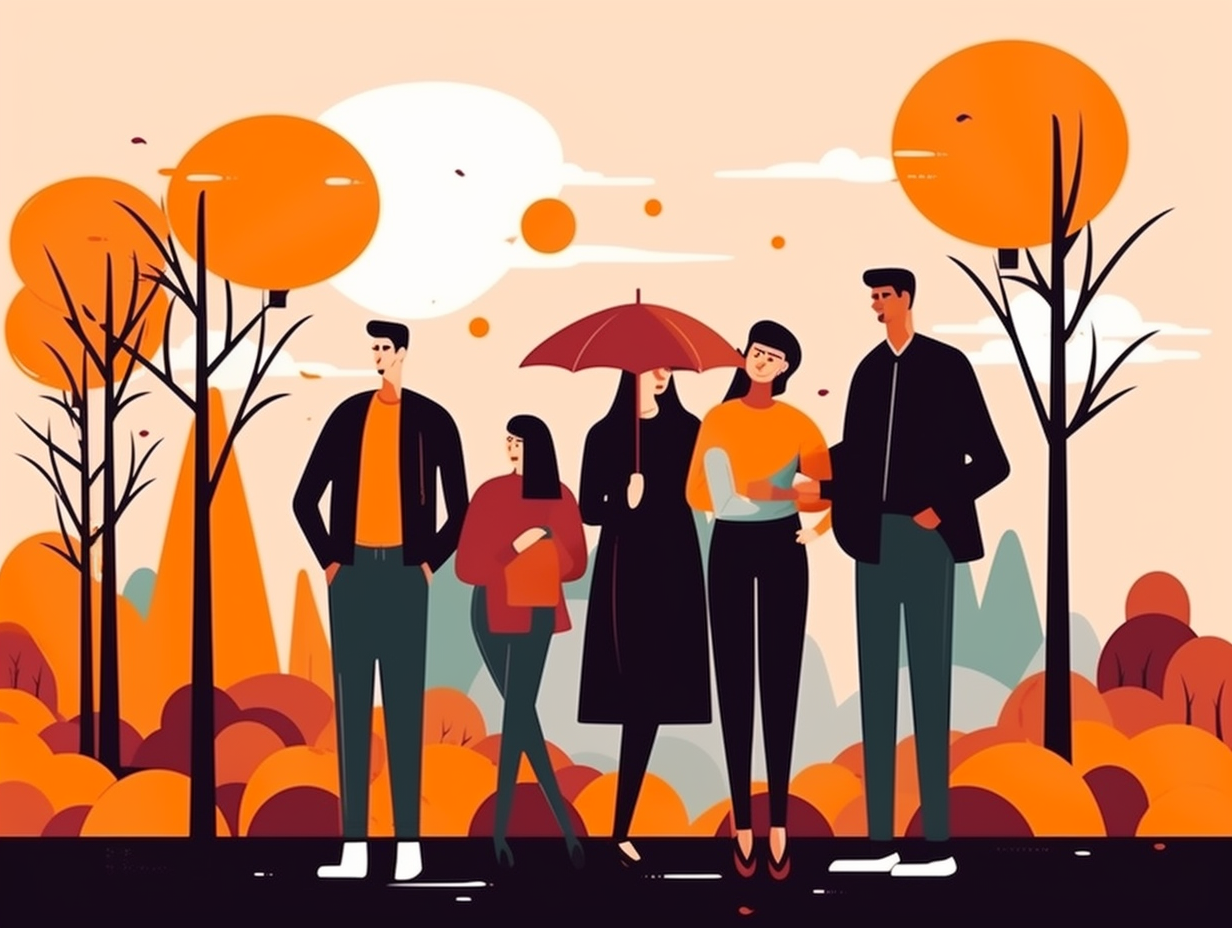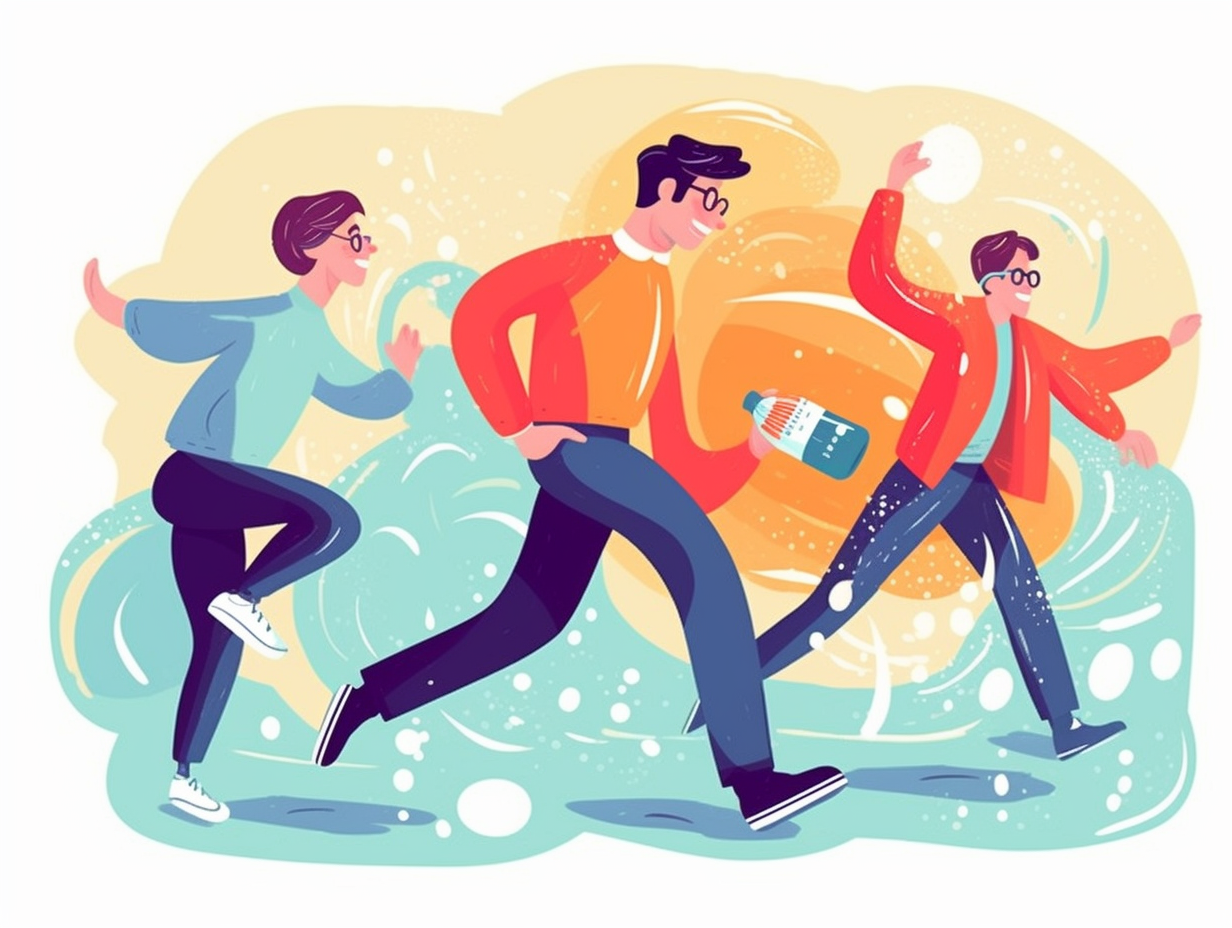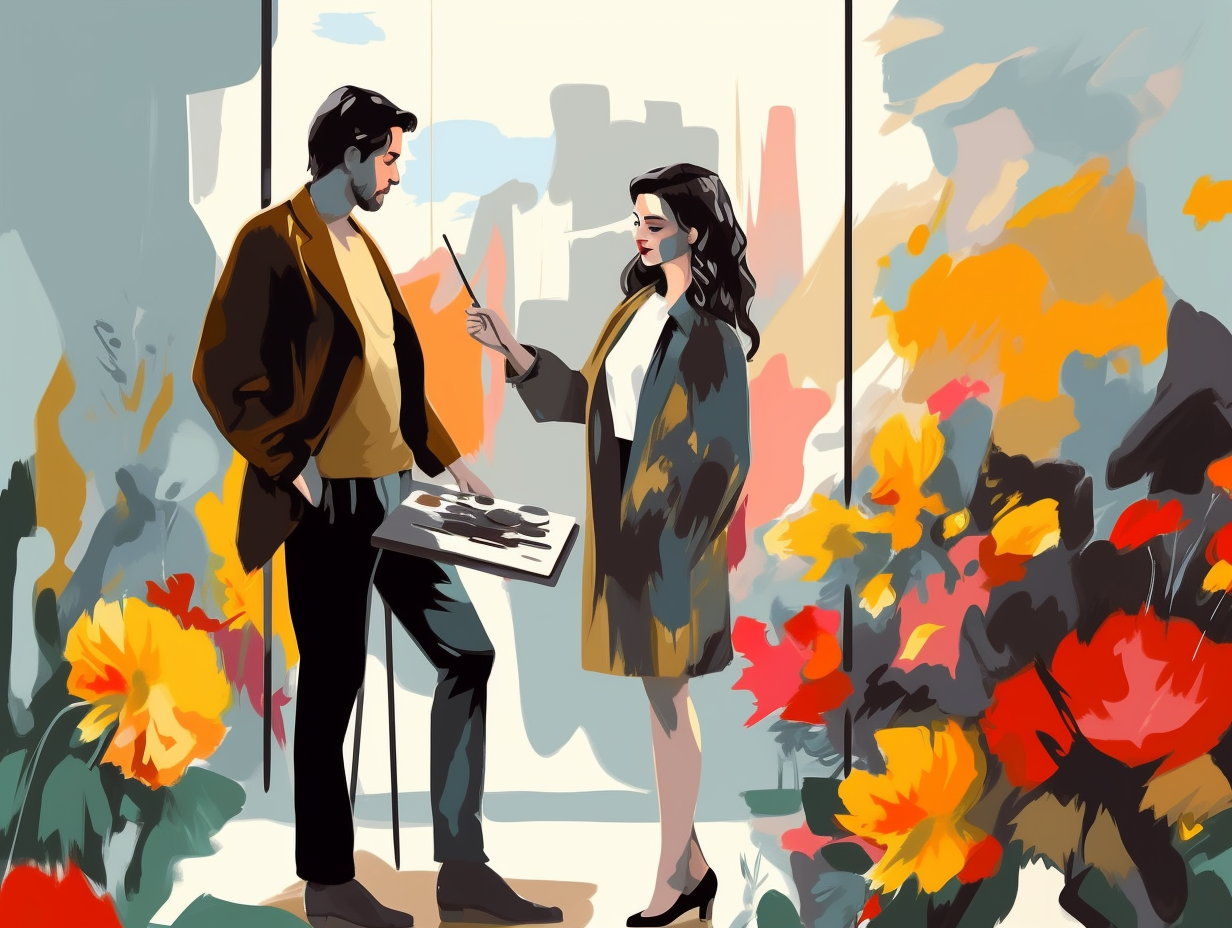Unleash Your Imagination: Top 13 Fun Facts About Creativity You Never Knew
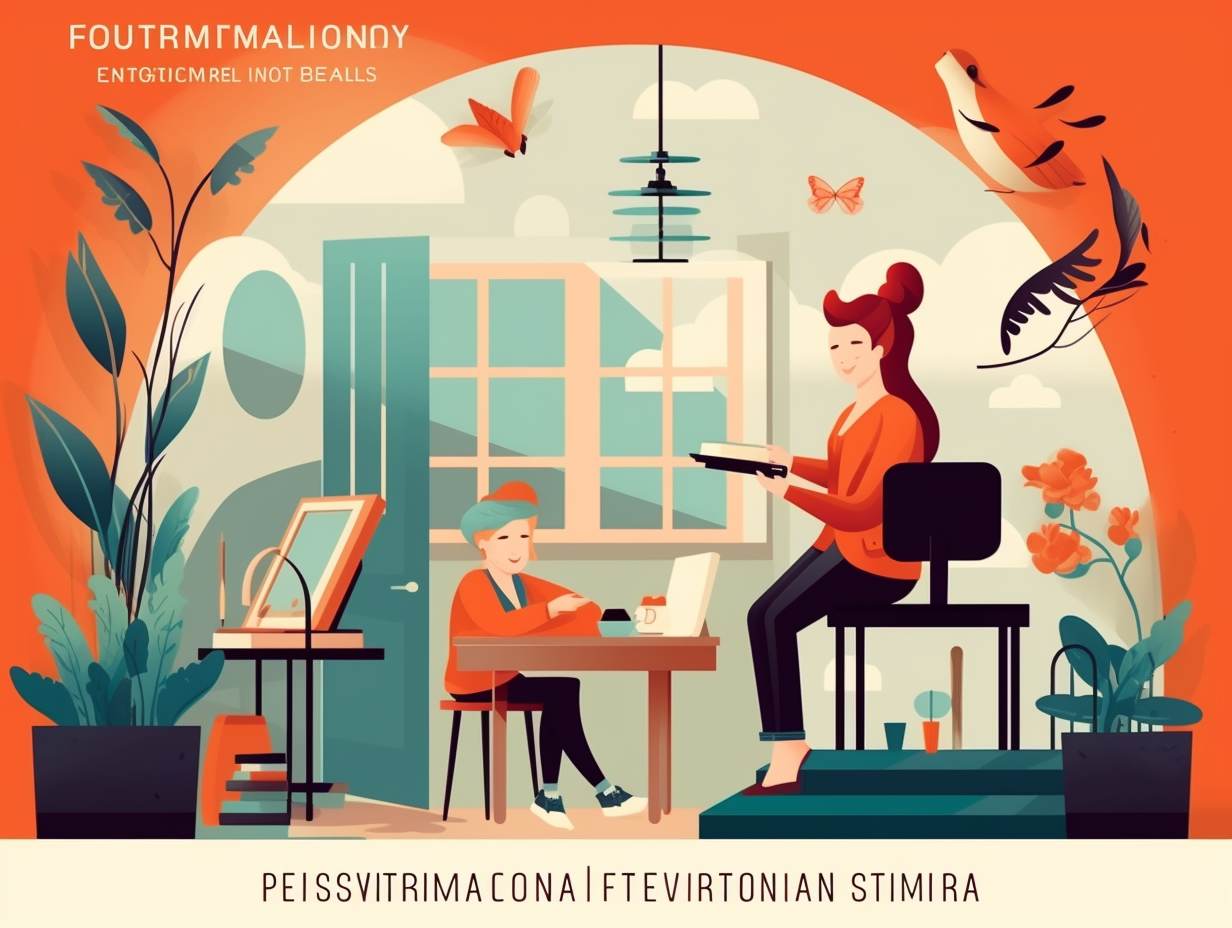
1. Finger Painting Picasso
Who needs brushes when you've got fingers? The Picasso of skin and bones: Ruth Faison Shaw reinvented finger painting in the early 20th century as a creative tool for education and therapy. In 1926, she stumbled upon this ancient art form in Rome and began using it with various groups like delinquents, veterans, and even the blind. Fun fact: her technique actually predated Jackson Pollock's famous gestural abstraction by a decade! Today, finger painting remains a beloved method for creative expression and therapy.
Source => thefreelibrary.com
2. Chimp Art Sensation
Who needs Picasso when you've got a Picasso-nzee? A chimp who traded sticks and stones for brushes and tones: Congo the Chimpanzee became an acclaimed abstract artist in the 1950s, with his paintings selling to renowned artists like Picasso, Miró, and Dalí, and even scoring an exhibition at the Institute of Contemporary Arts in London. Of course, there's ongoing debate whether animal art can be considered human art, but it's certainly an ape-xample of creativity transcending species.
Source => openculture.com

Did you know? Consuming at least 10 grams of chocolate weekly can boost cognitive abilities and lower Alzheimer's risk! Discover the secret behind cocoa's superpowers. 🍫🧠💡
=> Fun Facts about Habits
3. Fleeear the Creativity Killer
Did you know that creativity's arch-nemesis goes by the name of "Fleeear, the Great Paralyzer"? In reality, it's just plain old fear: Fear of failure, the unknown, being judged, and rejection are the key culprits, preventing us from unleashing our true creative potential.
Source => lifehack.org
4. Walk Your Way to Creativity
Walk this way for some "mind-wandering" goodness: Turns out strolling around has been science-approved to help your noggin cook up more fantastic ideas! A Stanford University study strutted its way to results showing that walking casually, even for a mere 5-16 minutes, hiked up creative thinking by a staggering 60% compared to sitting still. Bonus: indoor walking still packs the same punch, and even non-aerobic walks work wonders for the gray matter. Keep your brain creatively cozy by taking it on a leisurely walk!
Source => psychologytoday.com
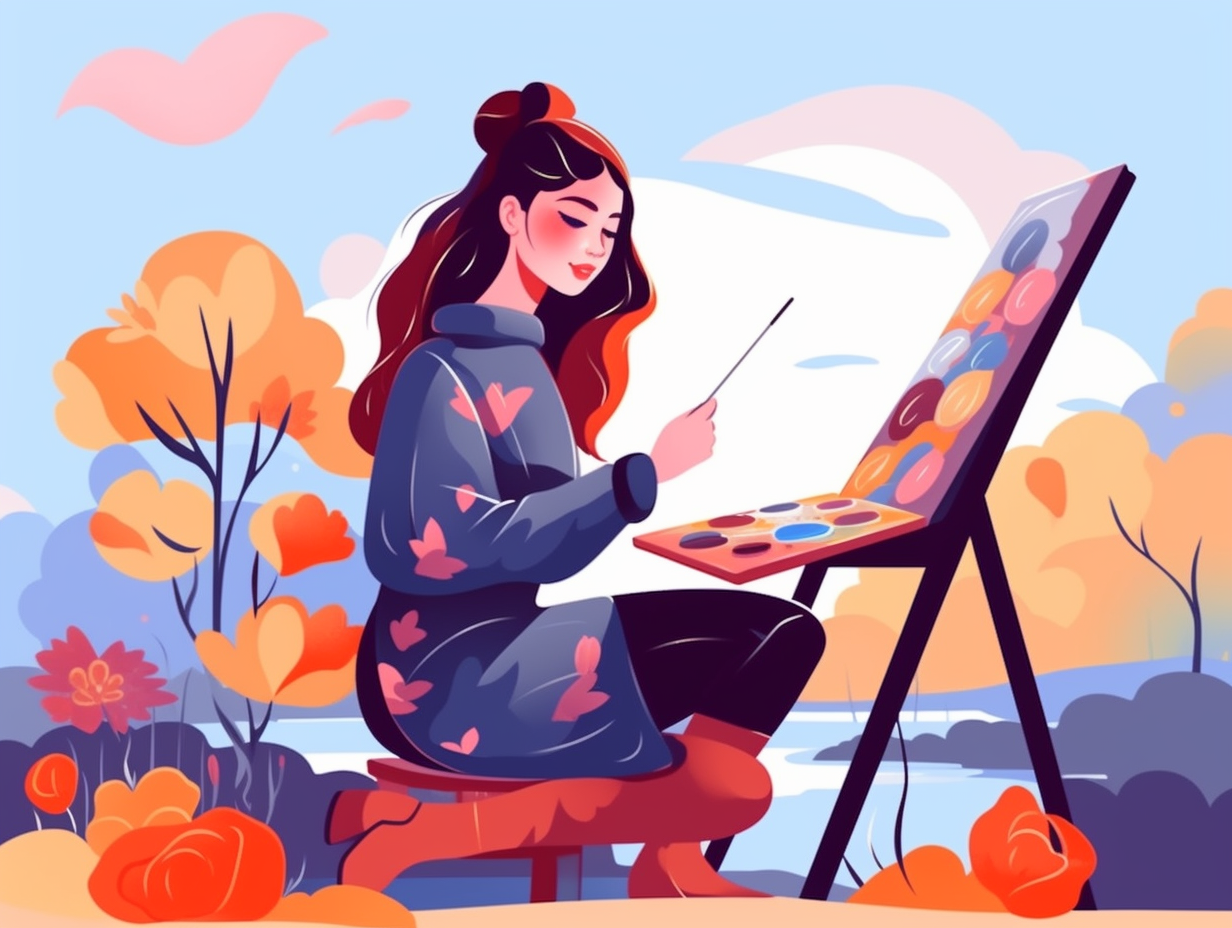
5. Sleeping Brainstorming Sessions
Did you ever wonder if your brain holds nightly brainstorming sessions while you're busy catching Z's? Well, it turns out it does: A study by the University of California, San Diego School of Medicine revealed that REM sleep revs up your creativity by stimulating associative networks in the brain, linking unrelated ideas together and unlocking new, innovative solutions to problems. So, next time you're feeling stuck, consider hitting the hay and allowing your snoozing brain to be your muse!
Source => sciencedaily.com
6. Da Vinci's Creativity Connection
When he wasn't busy jotting down his to-do list or trying to hook up a flying machine to his Fitbit, Leonardo da Vinci was tinkering away at a little process we now call creativity: Studies published in Perspectives on Psychological Science reveal that da Vinci's creative process included intense curiosity, trial and error, and analogical and abductive thinking, all of which are psychological processes inherent in all humans.
Source => psychologicalscience.org
7. Brain Hemisphere Harmony
You'd think our brains were like a flawless symphony, with the left hemisphere playing logical Mozart and the right belting out creative Freddie Mercury tunes. Alas, reality plays a different duet: Both hemispheres work together for all mental processes, debunking the myth of separate domains. Though certain functions have some localization, like language processing being mainly in the left hemisphere, these areas still harmonize with the rest of the brain's orchestra.
Source => linkedin.com
8. Synesthetic Sensory Artists
When life gives you synesthetic lemons, make a multisensory masterpiece: Creatives like Vladimir Nabokov, Duke Ellington, and Franz Liszt had synesthesia, a sensory cross-wiring condition that made them see colors while hearing music, link colors to numbers or letters, or feel shapes and textures when touching objects, making them eight times more likely to work in creative professions than the average Joe.
Source => mentalfloss.com
9. Dali's Dreamy Dozing
Dali's daily dose of dozing off and divine dreams had a whole new method to their madness: He took short naps, woke up in the middle of the night to work on his art, utilized the "paranoiac-critical" method to tap into his subconscious creativity, and his famous "slumber with a key" technique ensured that the fall of a key onto a metal plate would wake him up and inspire him to capture the dreamy imagery on paper.
Source => medium.com
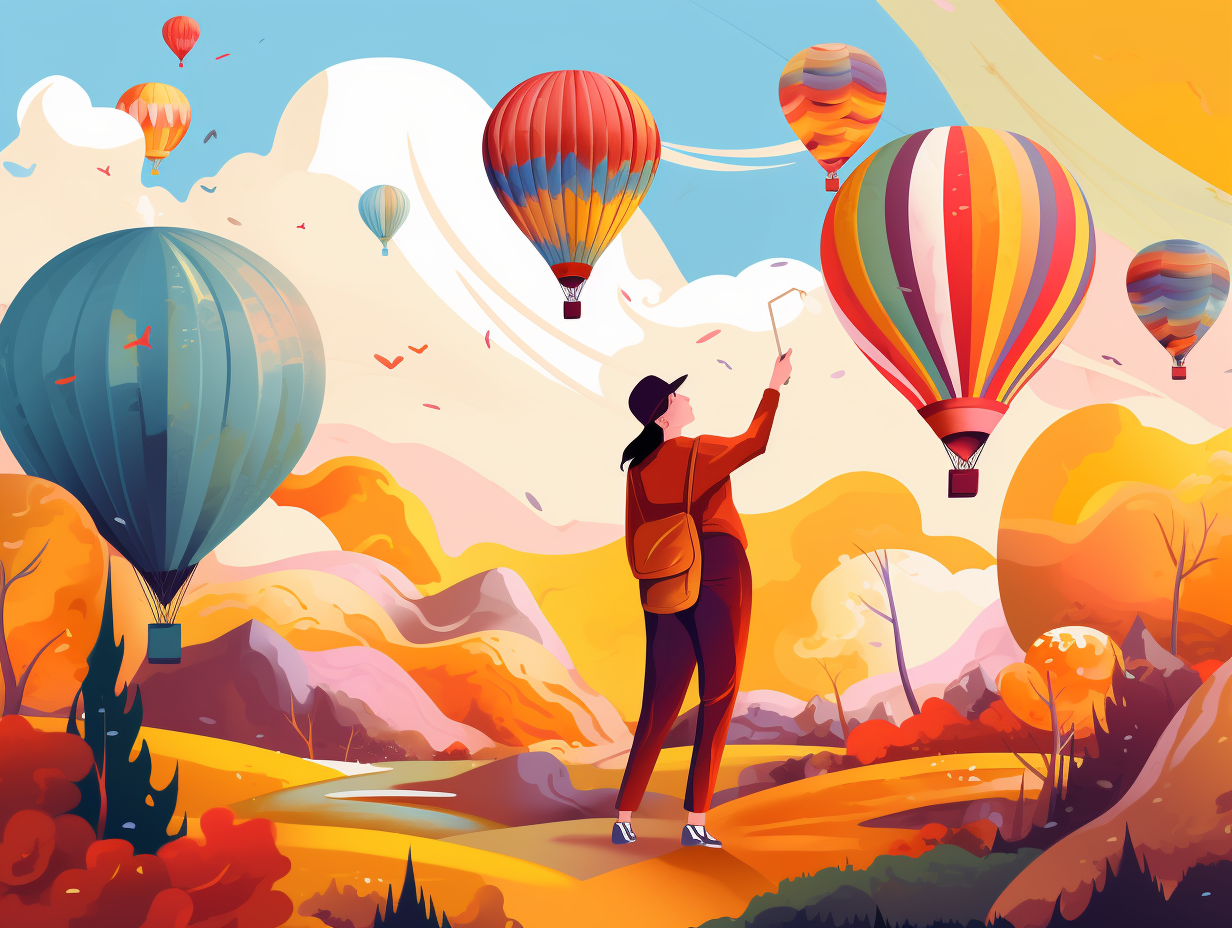
10. Literary Fiction for Career Success
Step aside, business bootcamps and tedious team-building exercises: there's a refreshingly artistic and sophisticated way to corner office aspirations. Fetch your monocle, leather-bound books, and a healthy dose of Chardonnay because literary fiction is, quite unapologetically, the latest trendy brain hack for the ambitious careerist: Research in neuroscience indicates that reading fiction can improve emotional intelligence, critical thinking, and decision-making, while workplace literary programs foster communication and shared language among co-workers. Fancy that!
Source => hbr.org
11. Music's Effect on Cognition
Who knew Mozart could give our brains a workout too? Those symphonies and sonatas might be the key to unlocking our noggin's hidden prowess: A study in Frontiers in Neuroscience reveals that music education can enhance cognitive abilities and academic performance, including language-based reasoning, memory retention, planning, and inhibition, showcasing the incredible benefits of creativity and music for our intellectual feats.
Source => benningviolins.com
12. Laughter Boosts Creativity
Feeling as happy as a clam at high tide might just turn you into the next Leonardo da Vinci: Research shows that laughter enhances creative problem-solving, with volunteers in a positive mood exhibiting increased activity in the brain's anterior cingulate cortex, while cheerful improv comedians churned out 20% more ideas than professional product designers, showing that a few chuckles might really be the wind beneath innovation's wings.
Source => psychologytoday.com
13. The Vision Quest for Goals
Ever heard of the "power nap"? Well, buckle up for the "vision quest": Daydreaming can actually increase productivity and help you achieve your goals by letting your brain test drive future accomplishments.
Source => everydayhealth.com
Related Fun Facts

